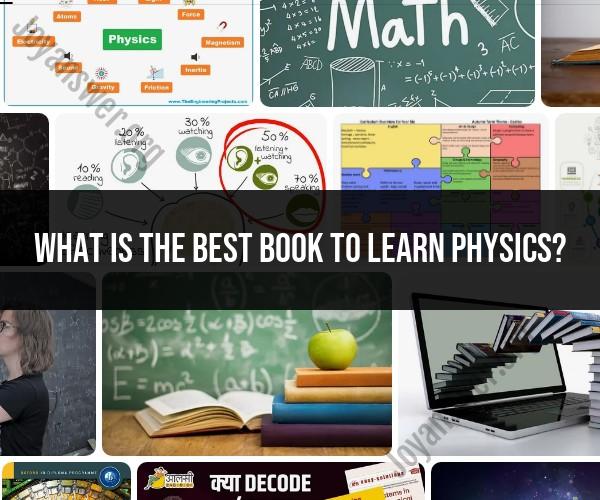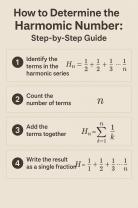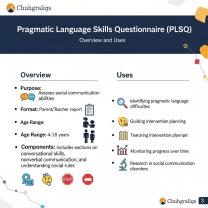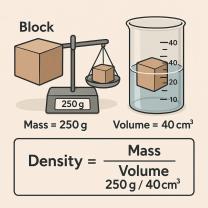What is the best book to learn physics?
Choosing the best physics book depends on your current knowledge level, your learning style, and the specific topics you're interested in. Here are some highly regarded physics books suitable for various levels of expertise:
For Beginners:
"Concepts of Physics" by Dr. H.C. Verma: This book is well-suited for beginners and provides a clear introduction to fundamental concepts in physics.
"The Feynman Lectures on Physics" by Richard P. Feynman, Robert B. Leighton, and Matthew Sands: Feynman's lectures are accessible and cover a wide range of physics topics. They are based on his legendary introductory physics lectures at Caltech.
For High School/College Students:
"University Physics with Modern Physics" by Hugh D. Young and Roger A. Freedman: This textbook is widely used in university physics courses and covers classical mechanics, electromagnetism, thermodynamics, and modern physics.
"Fundamentals of Physics" by David Halliday, Robert Resnick, and Jearl Walker: Another popular choice for introductory physics courses, known for its clear explanations and problem-solving approach.
For Advanced Study:
"Classical Mechanics" by Herbert Goldstein: This book is a comprehensive resource for classical mechanics, suitable for advanced undergraduates and graduate students.
"Introduction to Electrodynamics" by David J. Griffiths: Griffiths' book is widely used for learning electromagnetism at the undergraduate level, providing a clear and intuitive approach.
"Quantum Mechanics and Path Integrals" by Richard P. Feynman and Albert R. Hibbs: For those interested in a unique approach to quantum mechanics, this book by Feynman provides insights through path integrals.
For Self-Learners and Enthusiasts:
"Physics for the Utterly Confused" by Robert Oman and Daniel Oman: This book is designed for self-learners who may find physics challenging. It breaks down concepts in a more digestible manner.
"Six Easy Pieces: Essentials of Physics Explained by Its Most Brilliant Teacher" by Richard P. Feynman: This book is a compilation of six of Feynman's introductory lectures, making complex physics concepts more accessible.
For Mathematical Rigor:
- "Mathematical Methods in the Physical Sciences" by Mary L. Boas: This book is an excellent resource for developing mathematical skills needed for physics. It covers topics such as calculus, differential equations, and linear algebra.
Remember that the best book for you depends on your specific goals, background, and preferred learning style. It's also beneficial to supplement your reading with problem-solving, experiments, and real-world applications to deepen your understanding of physics concepts.
Converting Mixed Numbers to Improper Fractions
Here's a breakdown of your questions and answers:
1. Converting Mixed Numbers to Improper Fractions:
Process:
- Identify the whole number part: This is the integer portion of the mixed number.
- Identify the numerator: This is the number above the fraction line.
- Identify the denominator: This is the number below the fraction line.
- Multiply the whole number by the denominator: This gives you the "equivalent" value of the whole number as a fraction with the same denominator as the original fraction.
- Add the product from step 4 to the numerator: This gives you the numerator of the improper fraction.
- Keep the original denominator: The denominator of the improper fraction remains the same as the original fraction.
Example:
Convert 3 1/2 to an improper fraction.
- Whole number = 3
- Numerator = 1
- Denominator = 2
- 3 * 2 = 6
- 6 + 1 = 7
- The improper fraction is 7/2.
2. Different Methods for Conversion:
There are other methods for converting mixed numbers to improper fractions, including:
- Reciprocal method: This method involves using the reciprocal of the denominator and multiplying it by the whole number. Then, add the product to the numerator and keep the same denominator.
- Fraction line method: This method involves drawing a fraction line and placing the whole number above the line. Then, multiply the whole number by the denominator and add the numerator to the product. Finally, write the sum over the original denominator.
3. Visual Representation:
Visual representations, such as fraction bars or diagrams, can help students visualize the conversion process and understand the relationship between the whole number and the fractional parts. This can be particularly helpful for younger learners or those who struggle with abstract concepts.
4. Usefulness of Conversion:
Converting mixed numbers to improper fractions is useful in various mathematical operations, including:
- Addition and subtraction of fractions: Improper fractions with the same denominator can be directly added or subtracted.
- Multiplication and division of fractions: Improper fractions make multiplying and dividing fractions easier because they eliminate the need to convert mixed numbers back and forth.
- Simplifying fractions: After converting a mixed number to an improper fraction, you can simplify the fraction by finding the greatest common factor (GCD) of the numerator and denominator and dividing both by the GCD.
5. Simplifying Improper Fractions:
Yes, you can simplify improper fractions after converting from mixed numbers. Simply find the GCD of the numerator and denominator and divide both by the GCD. This will result in the most reduced form of the improper fraction.
Remember, choosing the most suitable method for converting mixed numbers to improper fractions depends on the individual and their learning style. Visual representations and multiple methods can offer different perspectives and enhance understanding.













